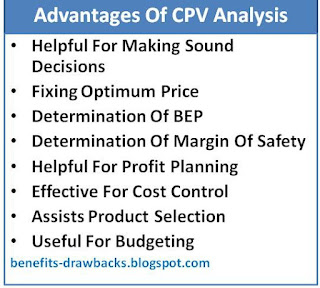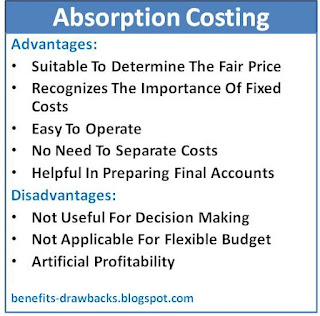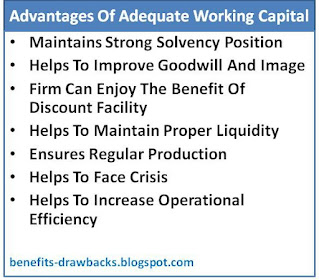Individual incentives are financial or non-financial rewards given to individual workers on the basis of performance standards like quantity, quality, attendance etc.
Advantages Or Benefits Of Individual Incentives
1. Helps To Inspire Employees
Individual incentives motivate the employees to do their best and inspires them to learn from top performers.
2. Increased Productivity
Employees are motivated to exceed the given target. It helps to increase productivity.
3. Job Satisfaction
Individual incentives help to achieve higher level of job satisfaction among employees.
4. Cost Minimization
It helps to increase employees performance which leads to decrease idle time and increase productivity. Increased productivity helps to reduce production costs.
5. Low Staff Turnover
It helps to retain top performing employees in the organization. It results in low employee turnover.
6. Healthy Competition
It creates healthy competition among the employees at the workplace.
Individual incentives can be structured and applied easily. It is easy to determine outcomes and tracking employees performance.
Also Read:
Also Read:
Disadvantages Or Drawbacks Of Individual Incentives
1. Lack Of Team
It inspires individual employees for better performance. So, it lacks team work at the work station.
2. Decreased Quality
Employees may be motivated to increase output and focus on the quantity only. It may reduce the quality of the product.
3. High Employee Turnover
Individual incentive plan discourages low performing employees. So, they may decide to leave the organization which results in high employee turnover.
4. Chance Of Conflict
There will be a chance of conflict between employees' individual goals and organizational goals which leads to mistrust between management and employees.








































